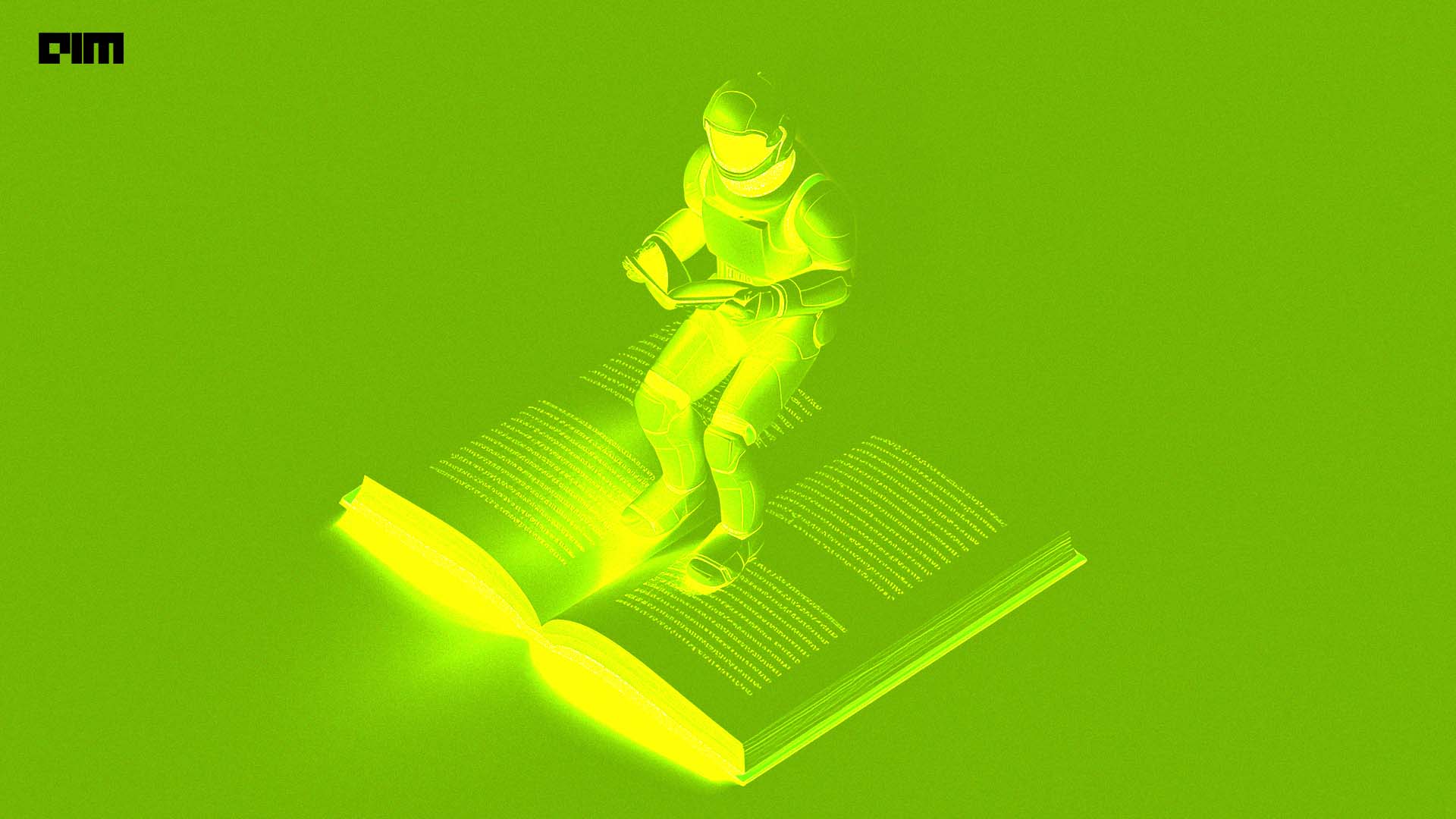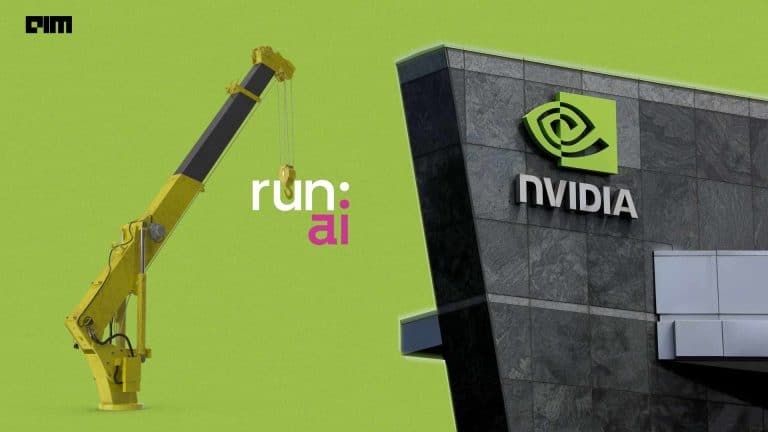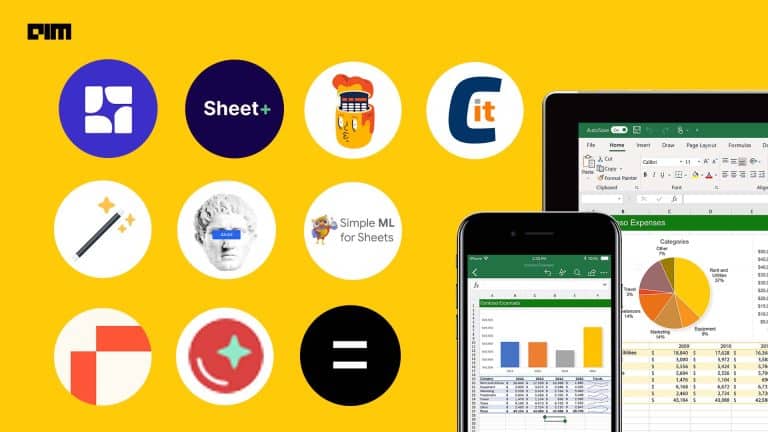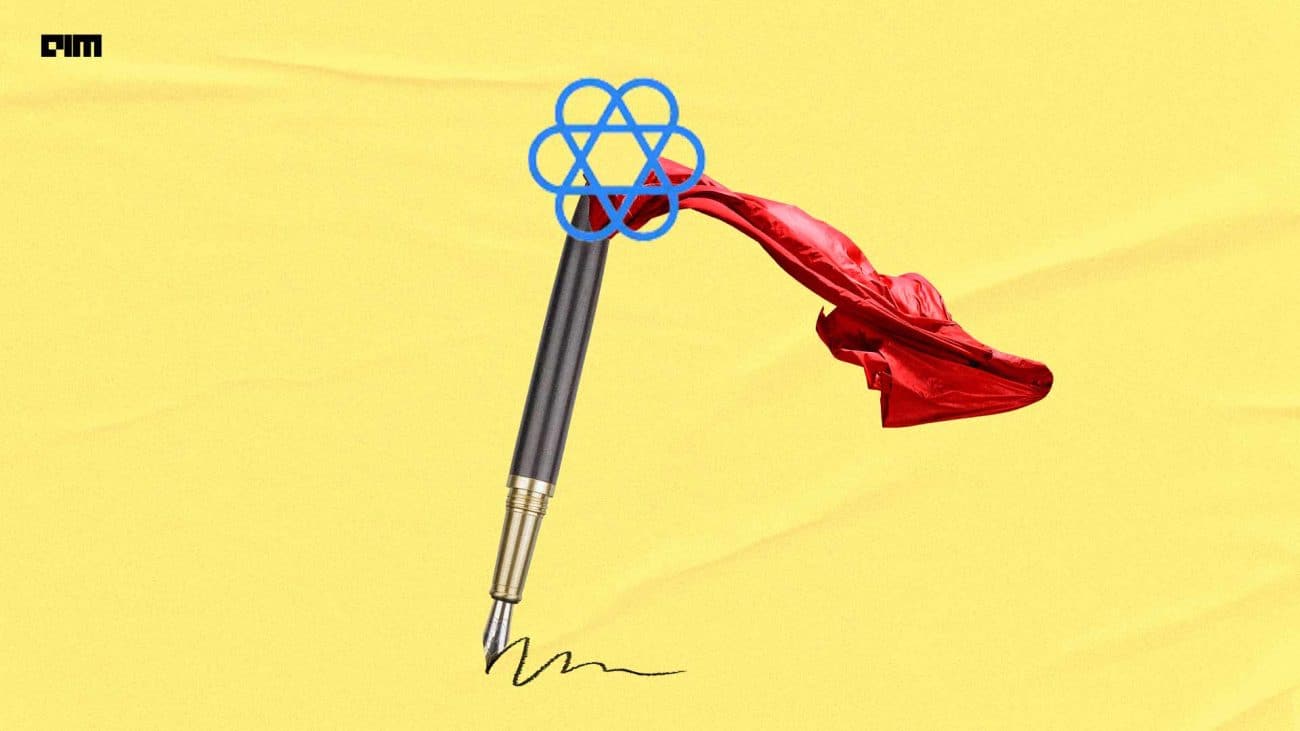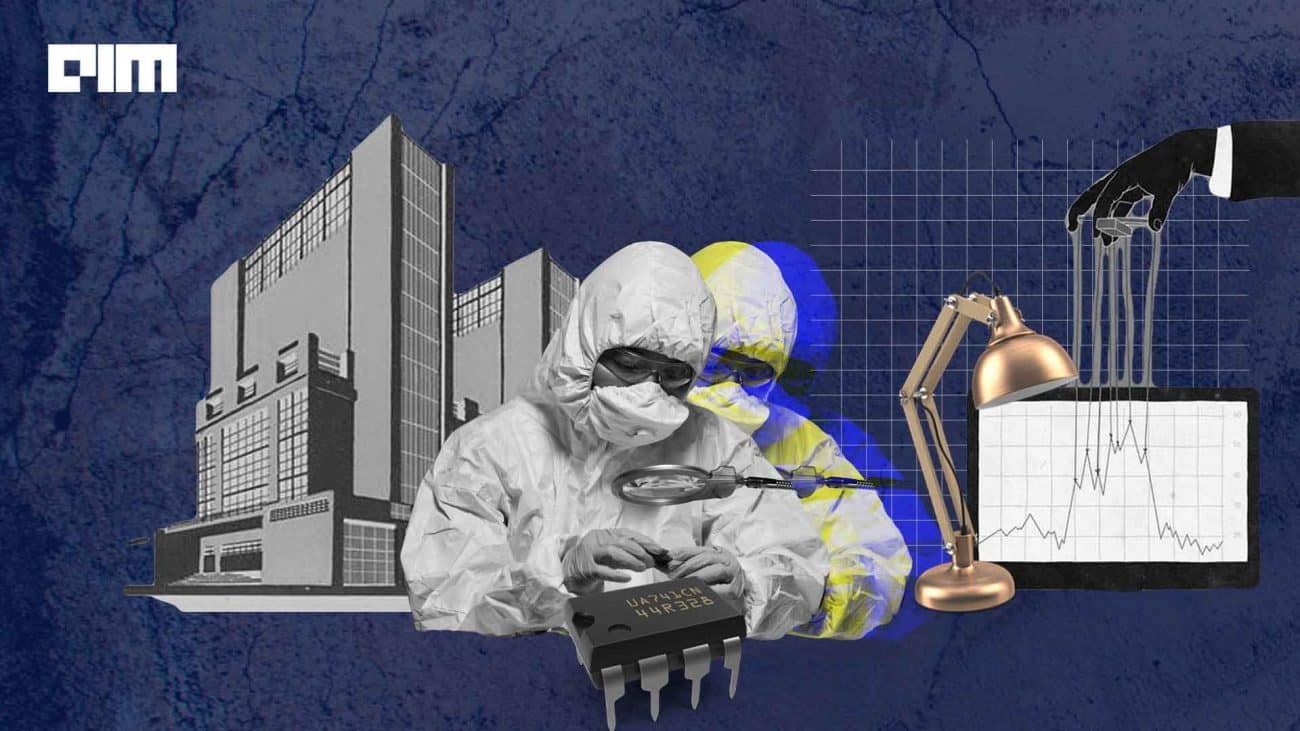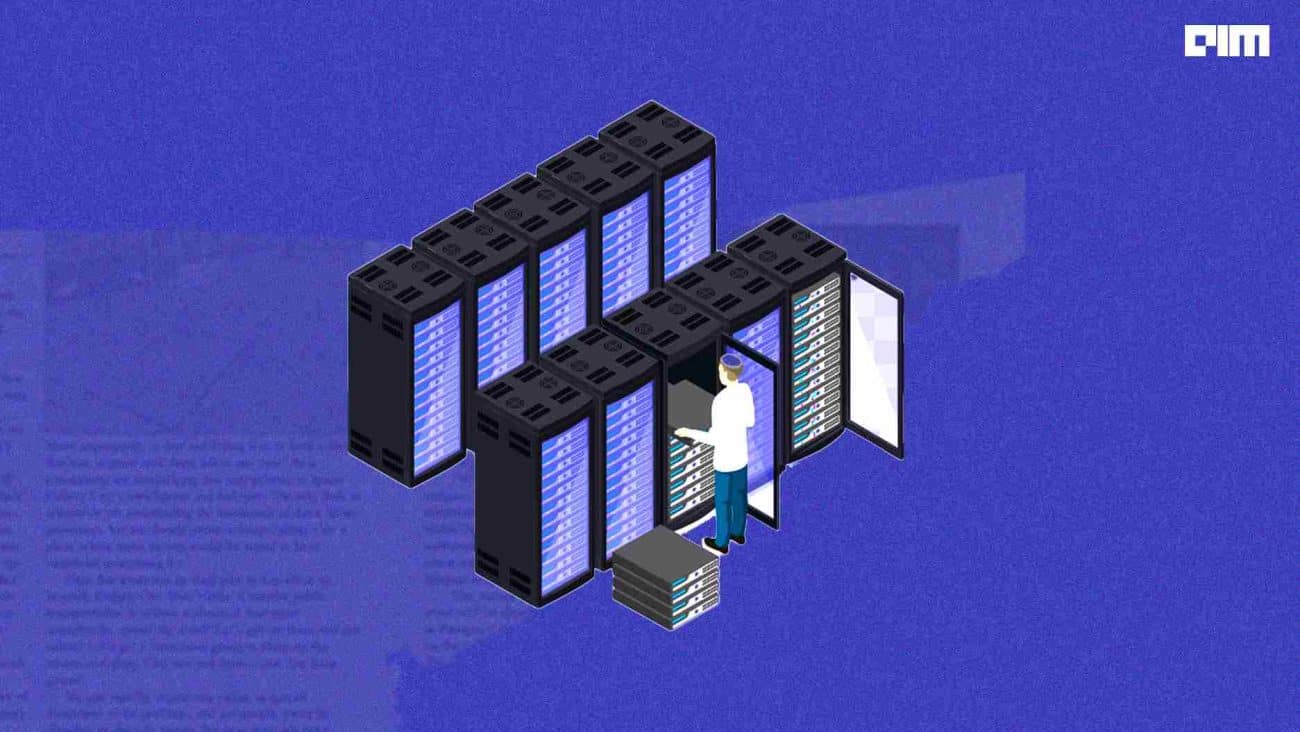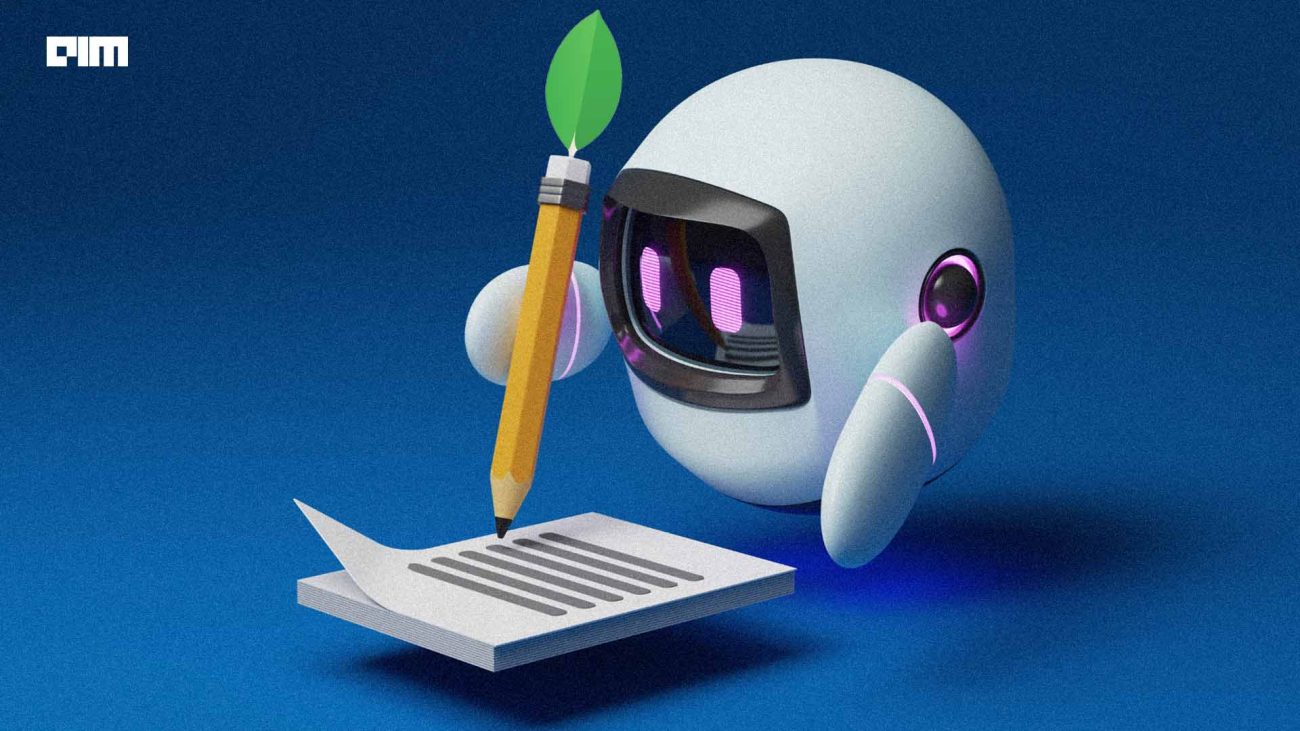|
Listen to this story
|
NVIDIA is one of the most influential hardware giants in the world. Apart from its much sought-after GPUs, the company also provides free courses to help you understand more about generative AI, GPU, robotics, chips, and more.
Most importantly, all of these are available free of cost and can be completed in less than a day. Let’s take a look at them.
This self-paced, free online course introduces generative AI fundamentals, which involve creating new content based on different inputs. Through this course, participants will grasp the concepts, applications, challenges, and prospects of generative AI.
Learning objectives include defining generative AI and its functioning, outlining diverse applications, and discussing the associated challenges and opportunities. All you need to participate is a basic understanding of machine learning and deep learning principles.
Digital Fingerprinting with Morpheus
This one-hour course introduces participants to developing and deploying the NVIDIA digital fingerprinting AI workflow, providing complete data visibility and significantly reducing threat detection time.
Participants will gain hands-on experience with the NVIDIA Morpheus AI Framework, designed to accelerate GPU-based AI applications for filtering, processing, and classifying large volumes of streaming cybersecurity data.
Additionally, they will learn about the NVIDIA Triton Inference Server, an open-source tool that facilitates standardised deployment and execution of AI models across various workloads. No prerequisites are needed for this tutorial, although familiarity with defensive cybersecurity concepts and the Linux command line is beneficial.
Building A Brain in 10 Minutes
This course delves into neural networks’ foundations, drawing from biological and psychological insights. Its objectives are to elucidate how neural networks employ data for learning and to grasp the mathematical principles underlying a neuron’s functioning.
While anyone can execute the code provided to observe its operations, a solid grasp of fundamental Python 3 programming concepts—including functions, loops, dictionaries, and arrays—is advised. Additionally, familiarity with computing regression lines is also recommended.
Retrieval-based LLM systems have gained traction due to their ability to engage in informed conversations, leverage tools, analyse documents, and plan strategically. This course focuses on deploying agent systems effectively and scaling them to meet user and customer demands.
The key learning objectives include exploring scalable deployment methods for LLMs and vector databases, understanding microservices and their interplay, experimenting with contemporary LangChain paradigms for dialogue management and document retrieval. Besides you can gain practical experience with state-of-the-art models, along with insights into productionalisation and framework exploration.
If you are familiar with LLMs and related composition frameworks like LangChain and have intermediate Python proficiency, this is ideal for you.
Retrieval Augmented Generation (RAG), devised by Facebook AI Research in 2020, offers a method to enhance a LLM output by incorporating real-time, domain-specific data, eliminating the need for model retraining. RAG integrates an information retrieval module with a response generator, forming an end-to-end architecture.
Drawing from NVIDIA’s internal practices, this introduction aims to provide a foundational understanding of RAG, including its retrieval mechanism and the essential components within NVIDIA’s AI Foundations framework. By grasping these fundamentals, you can initiate your exploration into LLM and RAG applications.
Building Video AI Applications at the Edge on Jetson Nano
This self-paced online course aims to equip learners with skills in AI-based video understanding using the NVIDIA Jetson Nano Developer Kit. Through practical exercises and Python application samples in JupyterLab notebooks, participants will explore intelligent video analytics (IVA) applications leveraging the NVIDIA DeepStream SDK.
The course covers setting up the Jetson Nano, constructing end-to-end DeepStream pipelines for video analysis, integrating various input and output sources, configuring multiple video streams, and employing alternate inference engines like YOLO.
Prerequisites include basic Linux command line familiarity and understanding Python 3 programming concepts. The course leverages tools like DeepStream, TensorRT, and requires specific hardware components like the Jetson Nano Developer Kit. Assessment is conducted through multiple-choice questions, and a certificate is provided upon completion.
For this course, you will require hardware including the NVIDIA Jetson Nano Developer Kit or the 2GB version, along with compatible power supply, microSD card, USB data cable, and a USB webcam.
How to Build Custom 3D Scene Manipulator Tools on NVIDIA Omniverse
This course offers practical guidance on extending and enhancing 3D tools using the adaptable Omniverse platform. Taught by the Omniverse developer ecosystem team, participants will gain skills to develop advanced tools for creating physically accurate virtual worlds.
Through self-paced exercises, learners will delve into Python coding to craft custom scene manipulator tools within Omniverse. Key learning objectives include launching Omniverse Code, installing/enabling extensions, navigating the USD stage hierarchy, and creating widget manipulators for scale control.
The course also covers fixing broken manipulators and building specialised scale manipulators. Required tools include Omniverse Code, Visual Studio Code, and the Python Extension. Minimum hardware requirements comprise a desktop or laptop computer equipped with an Intel i7 Gen 5 or AMD Ryzen processor, along with an NVIDIA RTX Enabled GPU with 16GB of memory.
Assemble a Simple Robot in Isaac Sim
This course offers a practical tutorial on assembling a basic two-wheel mobile robot using the ‘Assemble a Simple Robot’ guide within the Isaac Sim GPU platform. The tutorial spans around 30 minutes and covers key steps such as connecting a local streaming client to an Omniverse Isaac Sim server, loading a USD mock robot into the simulation environment, and configuring joint drives and properties for the robot’s movement.
Additionally, participants will learn to add articulations to the robot. By the end of the course, attendees will gain familiarity with the Isaac Sim interface and documentation necessary to initiate their own robot simulation projects.
The prerequisites for this course include a Windows or Linux computer capable of installing Omniverse Launcher and applications, along with adequate internet bandwidth for client/server streaming. The course is free of charge, with a duration of 30 minutes, focusing on Omniverse technology.
Disaster Risk Monitoring Using Satellite Imagery
Created in collaboration with the United Nations Satellite Centre, the course focuses on disaster risk monitoring using satellite imagery, teaching participants to create and implement deep learning models for automated flood detection. The skills gained aim to reduce costs, enhance efficiency, and improve the effectiveness of disaster management efforts.
Participants will learn to execute a machine learning workflow, process large satellite imagery data using hardware-accelerated tools, and apply transfer-learning for building cost-effective deep learning models.
The course also covers deploying models for near real-time analysis and utilising deep learning-based inference for flood event detection and response. Prerequisites include proficiency in Python 3, a basic understanding of machine learning and deep learning concepts, and an interest in satellite imagery manipulation.
Introduction to AI in the Data Center
In this course, you will learn about AI use cases, machine learning, and deep learning workflows, as well as the architecture and history of GPUs. With a beginner-friendly approach, the course also covers deployment considerations for AI workloads in data centres, including infrastructure planning and multi-system clusters.
The course is tailored for IT professionals, system and network administrators, DevOps, and data centre professionals.


